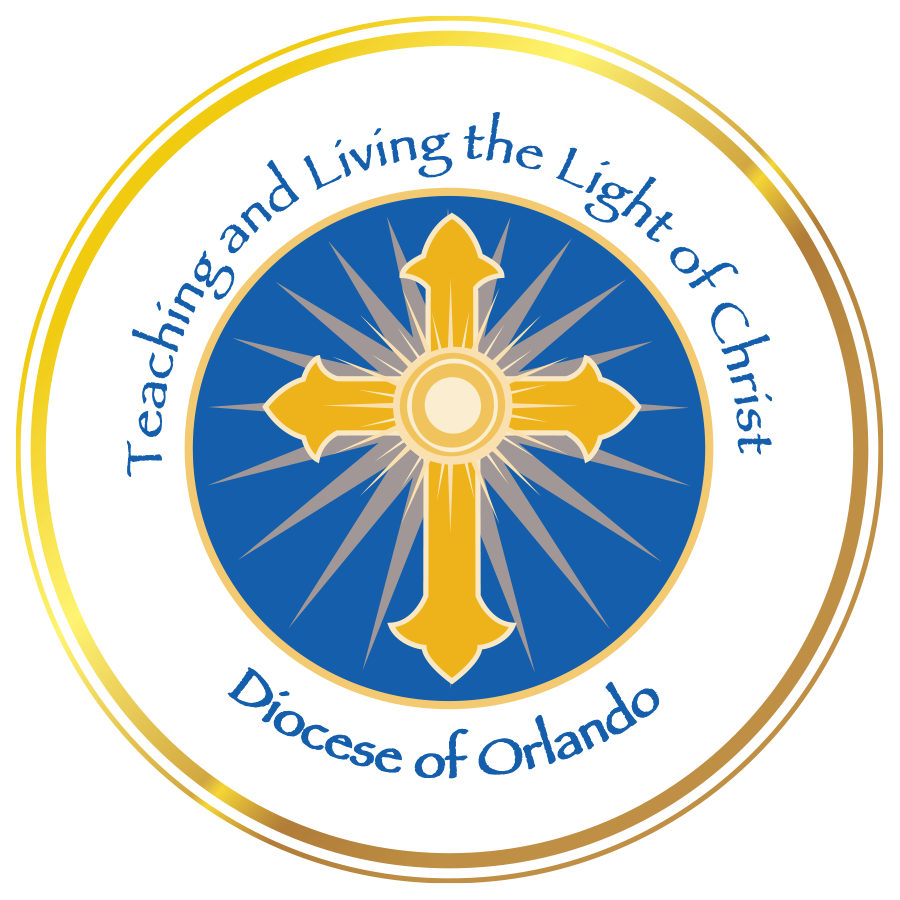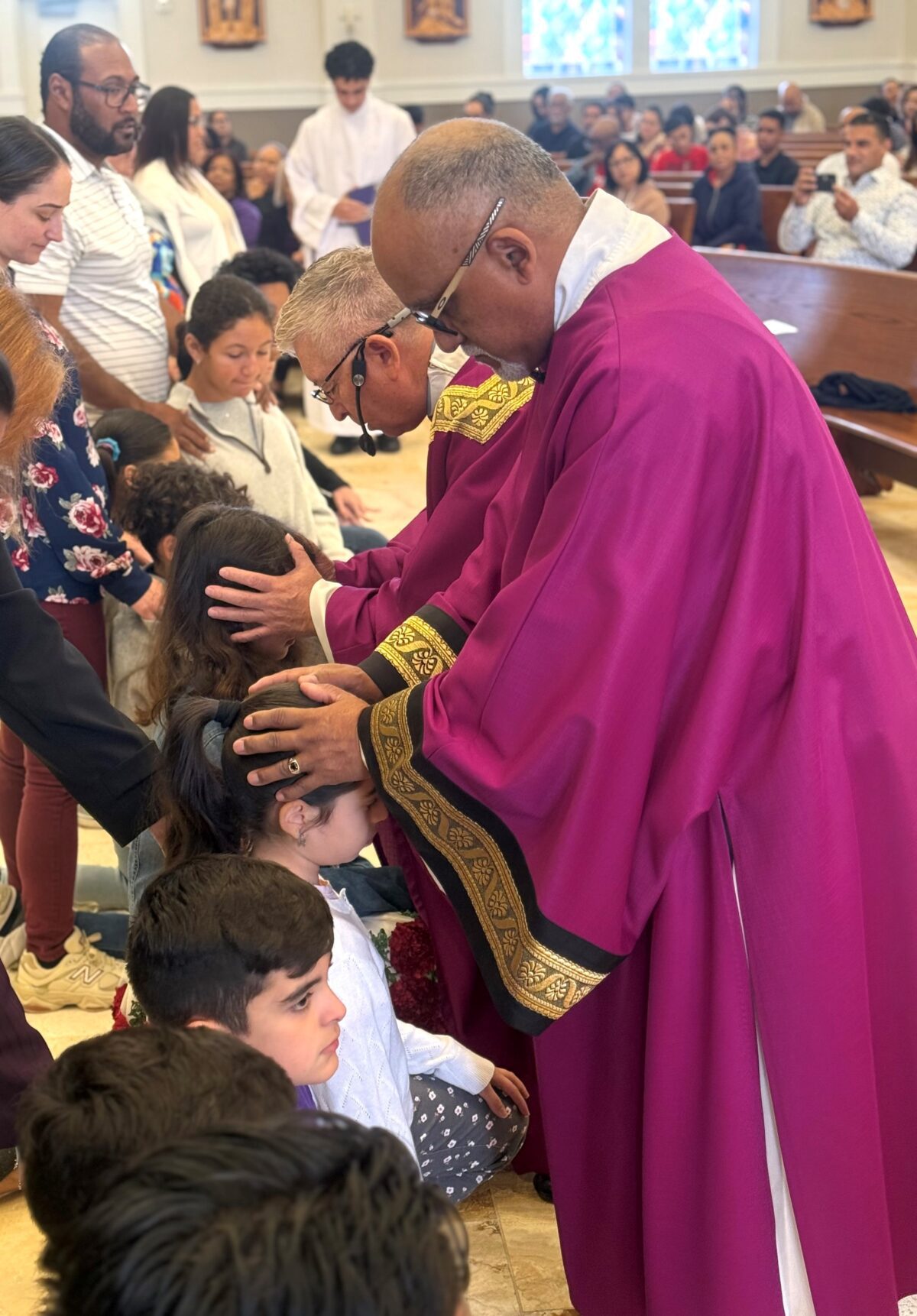ORLANDO | The Rites of Handing on of the Creed and the Lord’s Prayer are two minor rites belonging to the Period of Purification and Enlightenment. They are both celebrated after the Scrutinies, “where the Church lovingly entrusts to them the texts regarded from antiquity as a summary of its faith and prayer,” explains the Order of Christian Initiation of Adults (OCIA) 147.
“In the case of the Creed, where the mighty deeds of God for the salvation of humans are recalled, their eyes are filled with faith and joy… In the Lord’s Prayer they discover more deeply the new spirit of sons and daughters by which they call God their Father, especially in the midst of the Eucharistic Assembly,” according to the Order of Christian Initiation of Adults (OCIA) 147.
Formerly known as the Rites of the Presentation of the Creed and the Lord’s Prayer, the USCCB Committee on Divine Worship explains the new English translation of ‘handing on’ better reflects the fact that the Creed and the Lord’s Prayer “are gifts that Christ and the Church offer to the elect, who, in turn, receive, treasure, and continuously return them.”
The Rite of Handing on of the Creed takes place during the Third Week of Lent following the First Scrutiny. It is possible the congregation may not witness this moment as it may have occurred during a weekday Mass. With this Rite, the Elect are prepared to make their baptismal Profession of Faith and are instructed in their duty to proclaim the message of the Gospel. (OCIA 180)
The priest addresses the Elect saying, “My dear friends, listen carefully to the words of that faith by which you will be justified. The words are few, but the mysteries they contain are great. Receive them with a sincere heart and be faithful to them” (OCIA 160). Then the priest, along with the assembly, recite either the Apostles’ Creed or Nicene Creed.
The Apostles’ and Nicene Creeds recall God’s work of creation, redemption of mankind, and the source of our sanctification through the three Divine Persons of the Holy Trinity (Catechism of the Catholic Church, 190).
The Rite of Handing on of the Creed symbolizes handing on the Catholic faith to the Elect and encourages them to receive, believe, and profess the faith of the Church. The Elect must commit the Creed to memory, and they will recite it publicly before professing their faith on the day they are baptized.
The Handing on of the Lord’s Prayer will not occur until the week following the Third Scrutiny. Ideally, it takes place in the presence of the community after the Liturgy of the Word at a weekday Mass.
This Sunday, March 30, the Elect will celebrate the Second Scrutiny. The reading will be the story of Jesus healing the man born blind, where He gives Himself as Light of the World. The Elect and godparents will come forward. As the faithful pray silently for them, the Elect also pray. Then the priest says, “Let us pray for the elect, whom God has called, that in Him they may remain holy and give strong testimony to the words of eternal life.” The Scrutiny concludes with prayers of intercession prayed over the Elect, ending in the request that all those who do not know God, may come to acknowledge Him as “the true, Creator of all things, who bestows on us spirit and life.” The celebrant lays hands on each once again, then they are dismissed.
“The song of the Scrutinies is that of God who conquers sin,” explained Bruce Croteau, director of worship at the Diocese of Orlando. “The rituals themselves cannot provide ‘moments of grace’, but the combination of what the worshipping assembly brings to the rituals and well prepared rites can be powerful,” he said noting the challenge is for “the Church to understand its role as a baptizing community and to see its role in providing an example of what it means to live the Christian life.”
Staff Report, March 28, 2025

